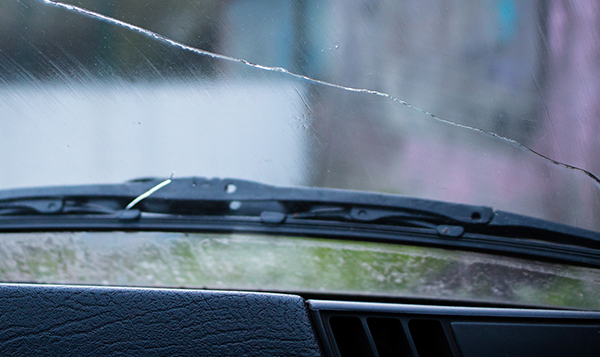
You might think a small crack in your windshield can wait, but in reality, it can spread faster than you expect. From temperature swings to everyday vibrations, there are many factors that can turn a minor flaw into a serious safety concern in a short time.
What Causes Cracks to Form?
Cracks usually start with an impact—like a stone striking your windshield on the highway. Even a tiny chip can weaken the glass and create the conditions for a crack to develop later. In some cases, cracks can also form without any visible impact, especially when the glass is under stress from uneven installation or manufacturing flaws.
According to NHTSA guidelines, vehicle glazing must meet strict safety standards, but no glass is immune to damage once it has been compromised.
Why Cracks Spread Over Time
Once a crack starts, it rarely stays the same size. Glass is rigid but brittle, so even normal driving conditions cause vibration and stress. Small changes in pressure, like closing a car door firmly, can force the crack to lengthen. Over time, moisture and dirt can enter the damaged area, further weakening the structure.
Temperature changes are one of the biggest culprits. When the glass heats up or cools rapidly, it expands and contracts. If your windshield has a crack, this movement can cause it to grow quickly.
Seasonal Effects on Crack Growth
The time of year makes a big difference in how fast a crack can spread. In winter, blasting your defroster on a cold windshield can create a rapid temperature change that stresses the glass. In summer, parking in direct sunlight can heat the glass unevenly, making existing cracks expand.
Transport Canada has documented that temperature extremes are a leading factor in sudden crack growth. You can learn more about these findings in their defect investigations.
What You Should Do Immediately
If you see a crack forming, the best approach is to act quickly:
- Photograph the crack so you can monitor changes.
- Avoid washing the windshield with very hot water.
- Park in the shade whenever possible.
- Minimize driving over potholes or rough roads.
- Contact a professional to evaluate whether repair is possible.
Prompt action can often prevent a small crack from requiring a full replacement.
When Replacement Becomes Necessary
While many small cracks can be repaired, certain situations demand replacement:
- Cracks longer than 6 inches.
- Damage touching the windshield edge.
- Cracks in the driver’s line of sight.
- Multiple cracks spreading in different directions.
Our team at Speers Auto Glass can help you determine the safest and most cost-effective solution. We offer both windshield repair services and windshield replacements for all vehicle makes and models.
Don’t wait—contact Speers Auto Glass today for a free assessment and keep your windshield safe.
Related Posts in This Series
- Types of Windshield Cracks and Chips Explained
- The Dangers of Ignoring Auto Glass Damage
- Stone Chip vs Crack: How to Tell the Difference
